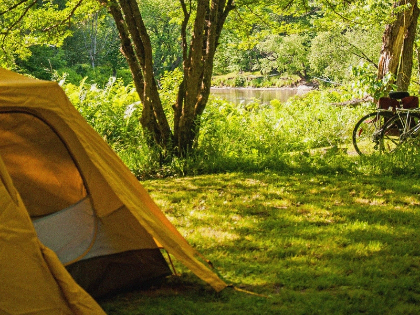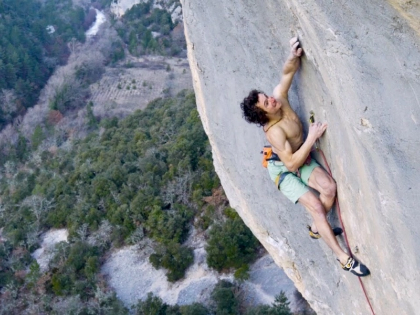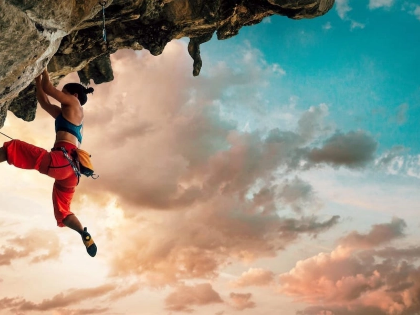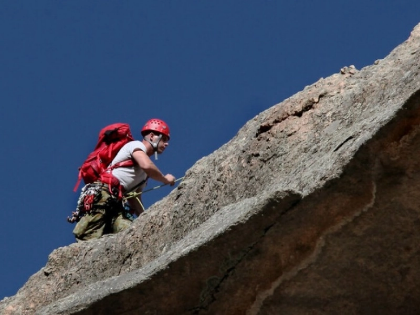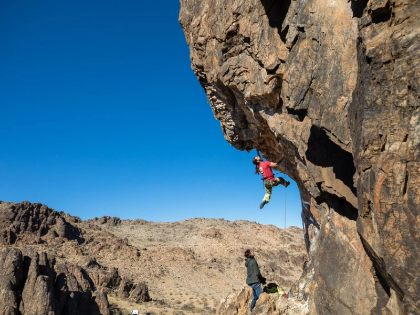Is HIIT rock climbing?
Climbing works your entire body, whether you do it outside or inside. And it's not just about the arms and legs, unlike what the general public believes.
It takes continuous reaching, pushing, tugging, and isometric muscle contractions (like maintaining a plank) to find and use hand and footholds. Numerous muscles in the hands, shoulders, back, chest, and legs are worked during these exercises.
Cardiovascular
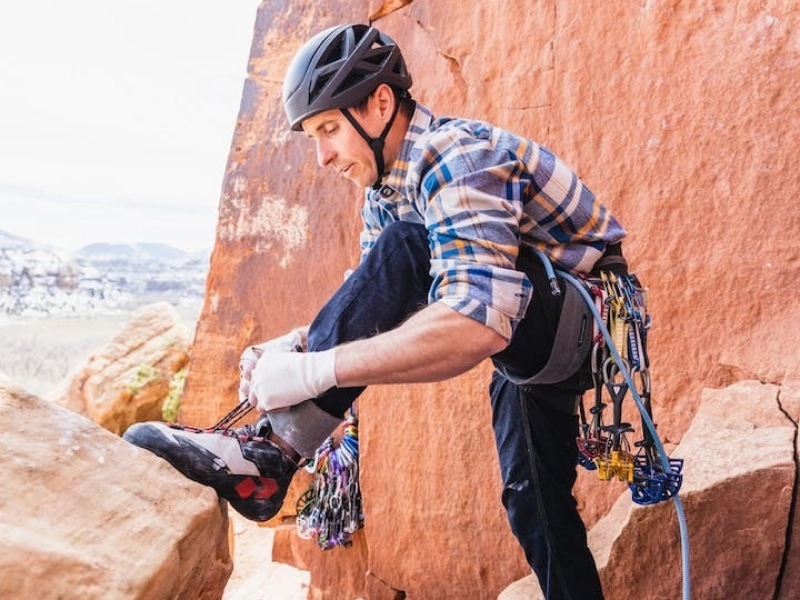
Although climbing isn't as well-known as other well-liked aerobic exercises like cycling and jogging, it's still a fantastic cardiovascular workout that increases your aerobic capacity and burns calories. According to a recent study, after just eight weeks, rock climbing significantly increases VO2 max, or the maximum quantity of oxygen your body can use for activity.
Before you start climbing, whether you're on the cliffs outside or in an indoor gym, you should warm up. This might raise your heart rate. Then, you're using all of your major muscle groups, including your upper body, legs, core, and even your fingertips, as you struggle to secure handholds and cling to the wall.
Climbing not only improves your cardiovascular fitness but also your goal-setting and accomplishment skills. Climbing will help you get better at whatever tasks you set for yourself, whether it's beating your personal best on a route or trying to climb that huge wall that has always seemed unachievable.
Power
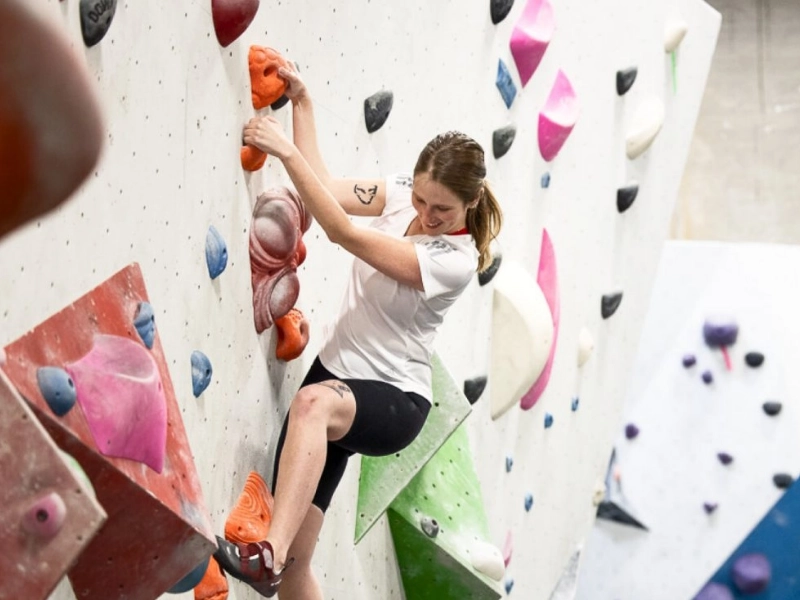
It takes a lot of strength to climb, especially in the forearms. This is due to the tiny handholds and the requirement for climbers to be able to sustain their weight in frequently unstable positions on the rock. To get to the next hold, climbing requires amazing leg strength in addition to arm strength.
To move your body around the rock, it also helps to have a strong core in addition to superb balance and coordination. All of this helps you reach your goals more easily and enhances your motor skills.
Climbing is the ideal full-body workout, in contrast to many other regimens that might be highly specialized. Everything from your head to your toes has been worked out. It even promotes using your antagonist muscles, or your biceps and triceps, which contract in opposition to one another. This helps to address imbalances and prevent injuries. It also helps you become a more versatile climber.
Tenacity
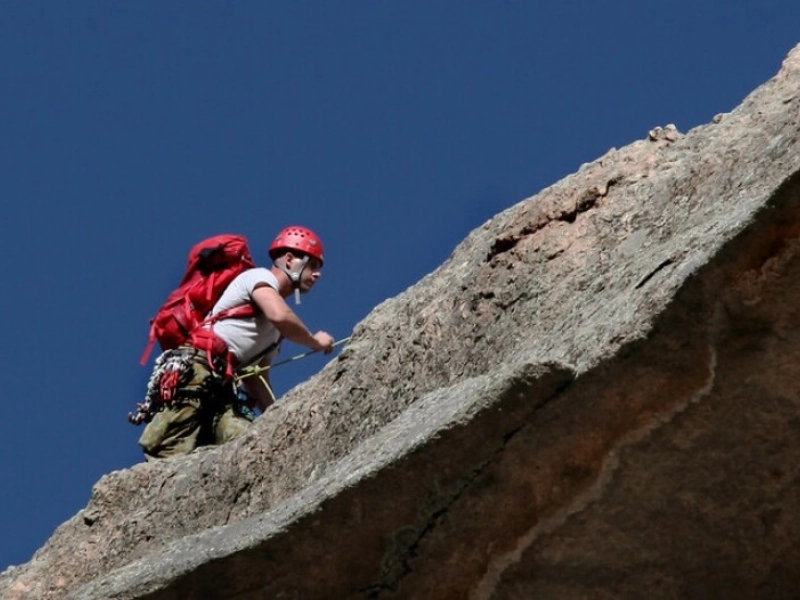
Muscular endurance and stamina are needed for climbing. Climbing is a popular means for climbers to increase the strength of their back, arms, and legs, as well as their general cardiovascular fitness. In addition, climbers learn how to control their breathing, which can help them remain composed when taking on challenging routes.
This is a crucial ability that applies to running and cycling, among other aerobic exercises. Socializing with other climbers is another enjoyable aspect of the sport, and some climbers even make new friends at the crag or in the gym.
Try implementing a pyramid-style program, which alternates longer rest intervals with short bursts of high-intensity training, to increase your climbing endurance. Start by selecting a system board or route that is marginally harder than your current onsight level. Then, complete four tasks back-to-back without stopping. Next, take a predetermined period of time to rest; three to four minutes is usually advised. For optimal results, repeat this workout six to eight times.
Adaptability

Climbing is a mentally as well as physically taxing activity. Climbers learn to overcome problems and grow more critical of their own abilities as they exert more and more effort on the rock. Playing the sport demands total focus, which includes blocking out outside noise and concentrating on the necessary motions.
Rock climbing requires a lot of balance, particularly when maneuvering through hazardous wall locations. The capacity to change your center of gravity is essential for positioning footholds and maintaining your balance when climbing the rock at different angles.
Rock climbing is a fun and tough way to get some cardio in your life, regardless of your level of experience. It's best to warm up (or cool down) with dynamic stretches tailored to climbing before you start. To maintain your energy level before your workout, consume a snack high in carbohydrates. For optimal results, Bridgeman suggests eating a banana or granola bar two to four hours prior to your session.

